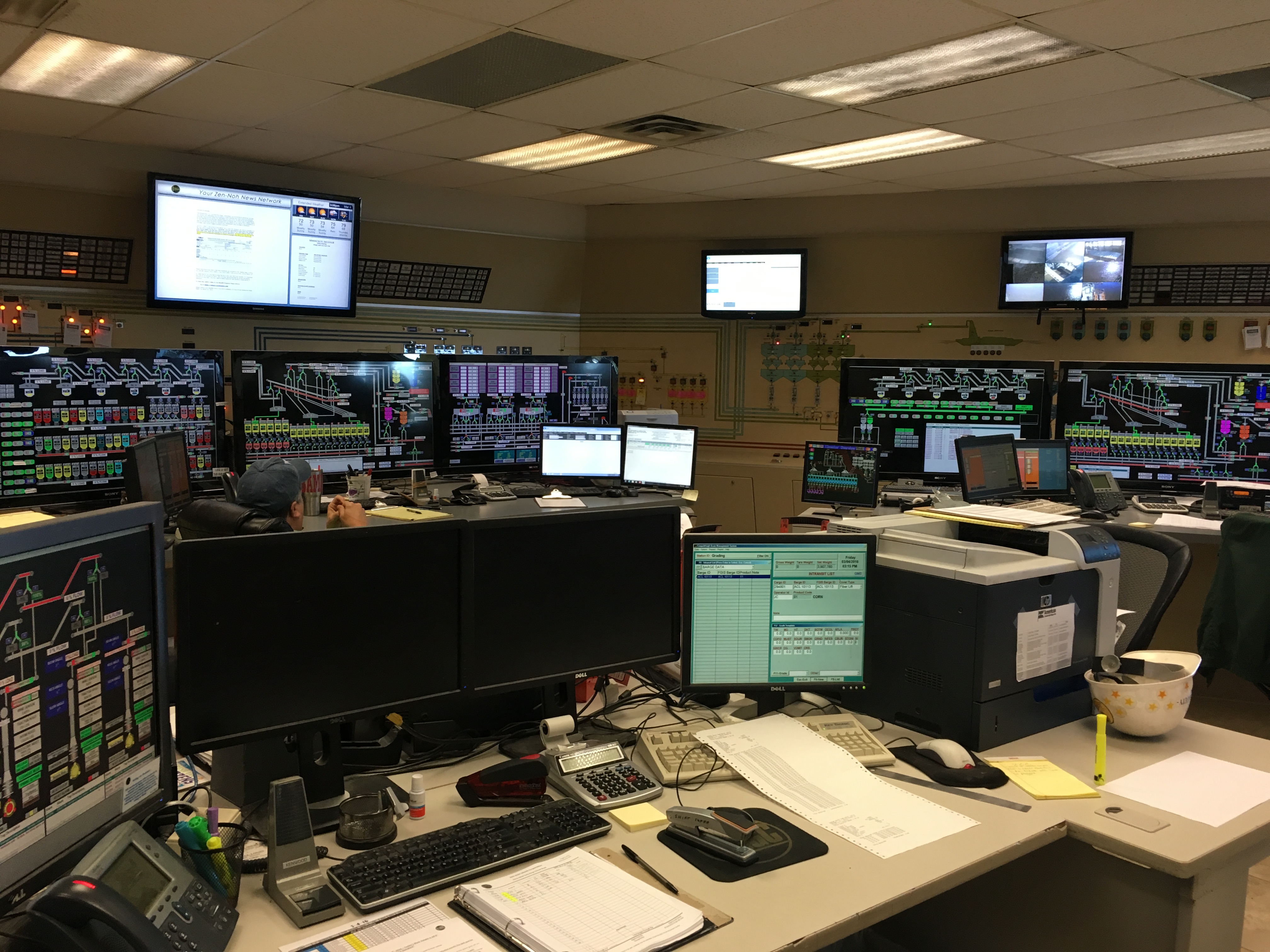
Commodity Classic is “America’s largest farmer-led, farmer-focused convention and trade show”. Held this year in New Orleans, it attracted 9770 participants, one of whom was Matt Martin, a social studies teacher at Dublin Jerome High School. Here Martin shares his thoughts on this unique experience:
Attending the Commodity Classic in 2016 was an eye-opening experience. As a social studies teacher, it is extremely rare for agriculture to be stressed within our content statements and within the classroom. However, in our push to educate differently in the 21st century it is imperative that teachers bring the classroom to life with simulations and also emphasize cross-curriculum content. Talking to other individuals at the trade show made me re-examine my classroom’s content statements. I teach International Diplomacy at Dublin Jerome High School (near Columbus, Ohio) and we are always discussing global issues within the social, political, and economic realm. After discussing topics such as GMOs, sustainability, irrigation, and national farming policies with Ag representatives, I decided to create a unit on sustainability and GMOs. Currently, I am creating a unit that compares population areas of India with the Southern United States. The students will be studying issues such as population density, food, and geography. After students analyze these aspects within our lesson, we discuss the impact of GMOs on our world and how it can affect the efficiency of our world food production.
Students in our classrooms need to see how different content areas can lead to careers. By attending the Commodity Classic in 2016, I now can discuss with students how agriculture can lead to jobs within logistics, technology, Ag Business, transportation, and more.
If I could recommend one thing to a teacher that plans on attending the Commodity Classic in 2017 it would be the following…”have an open mind.” There are so many biases about what the agriculture industry is. Today’s agricultural setting in the United States is so efficient and forward thinking that is simply overwhelming. No wonder why our nation’s farmers help to feed our world.



